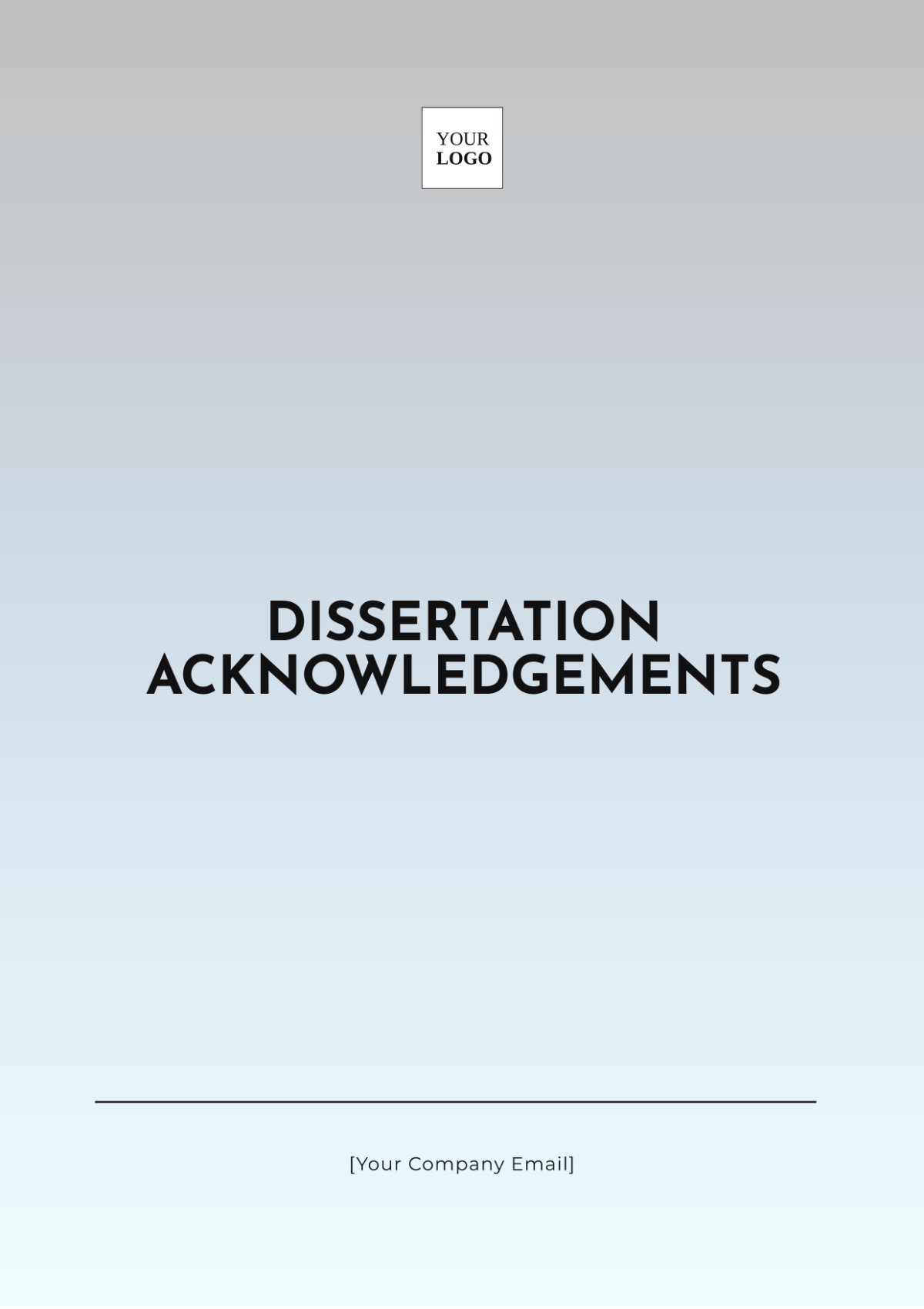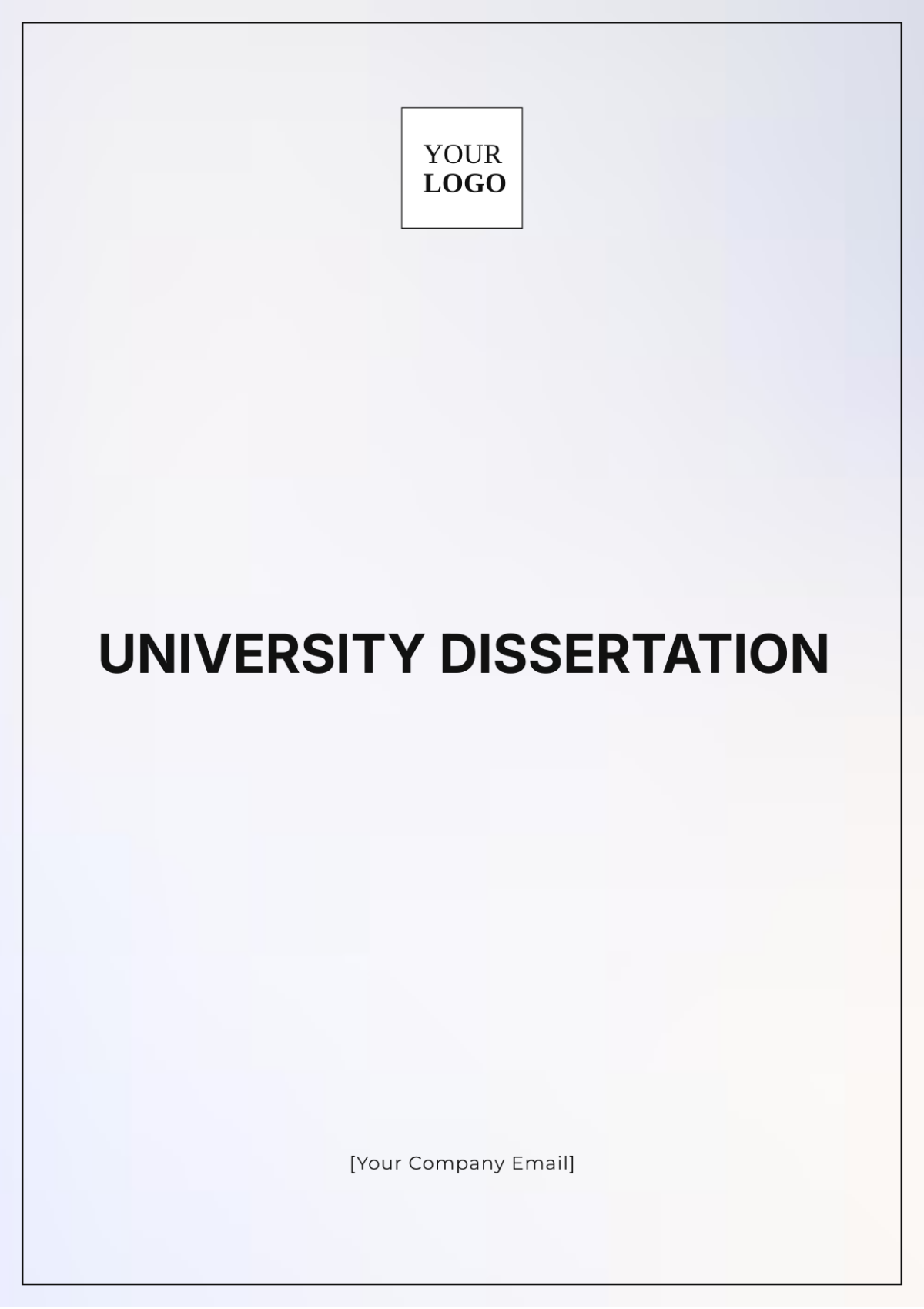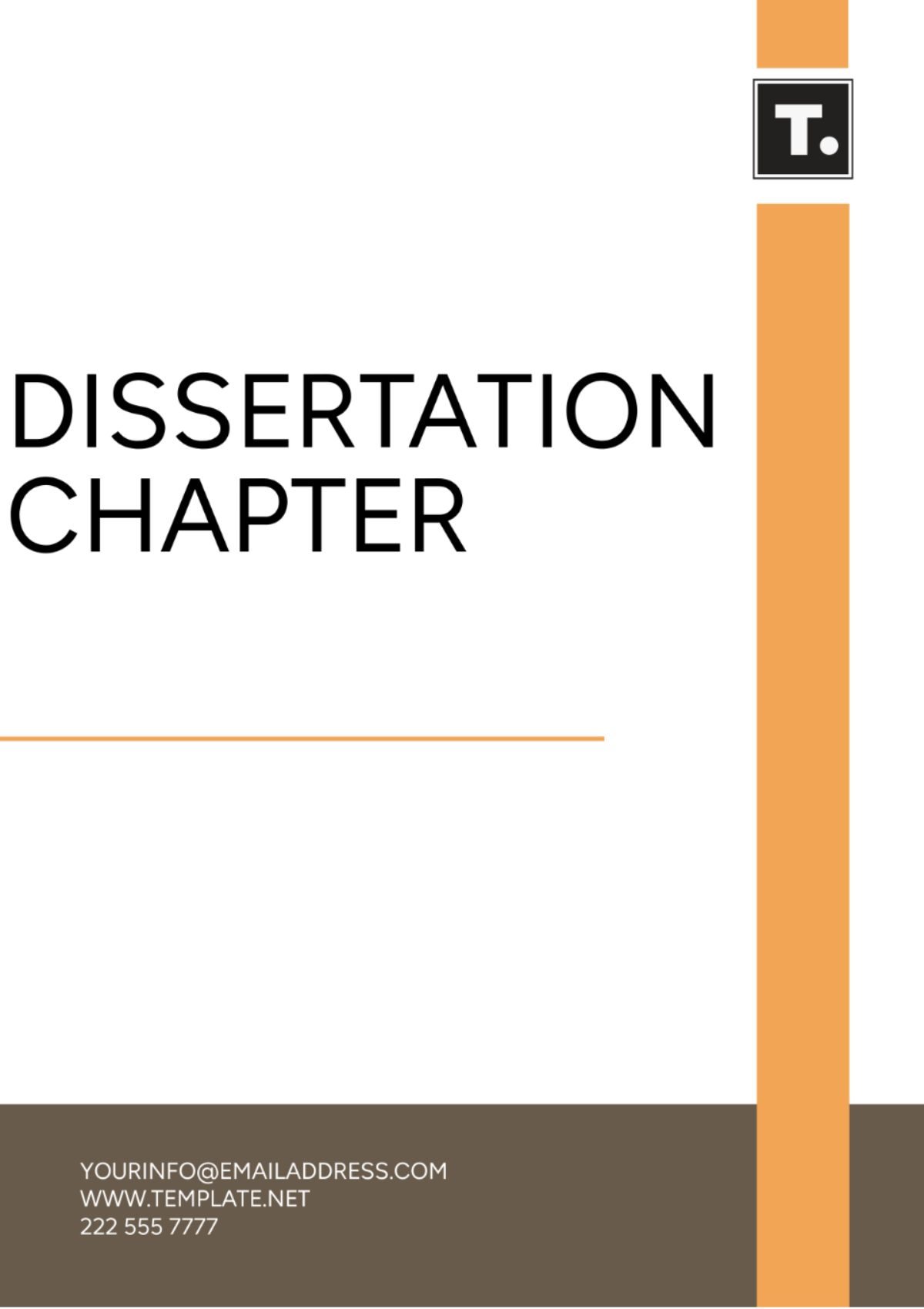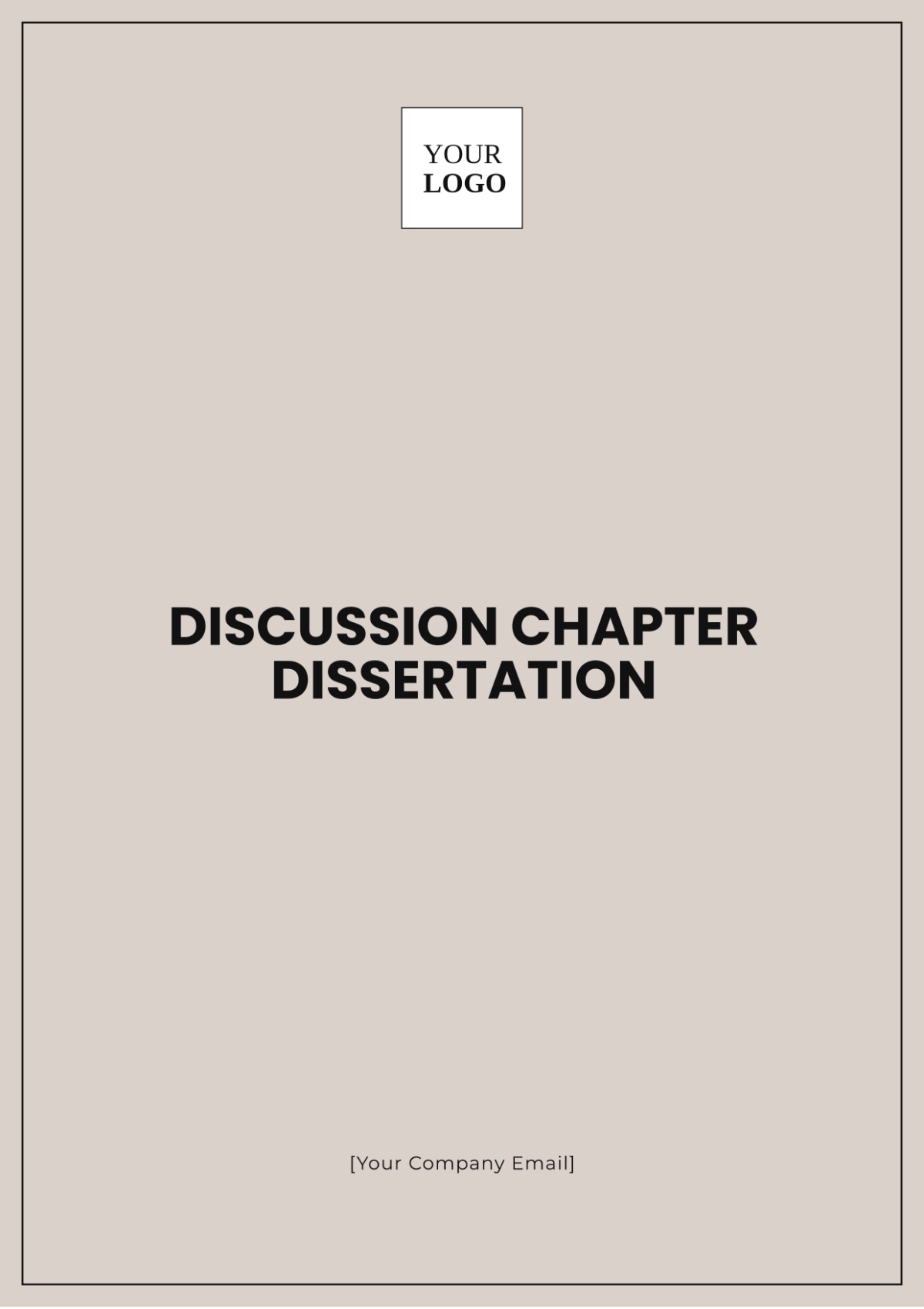Dissertation Structure
Prepared By: [Your Name]
Abstract
This research explores how remote work influences productivity in technology companies, using a combination of surveys and interviews with 200 employees and 20 managers. Results indicate that remote work typically boosts productivity thanks to reduced commuting and greater flexibility, though issues like communication difficulties and isolation also arise. The study suggests improvements for remote work setups to maintain productivity benefits while mitigating these challenges.
I. Introduction
This dissertation examines how remote work impacts employee productivity in tech firms, aims to understand whether it boosts productivity over traditional office setups, identifies influencing factors, and recommends ways to optimize remote work.
II. Background
The prominence of remote work has surged due to advancements in technology and evolving workforce expectations. Previous research presents mixed outcomes: some studies indicate productivity gains from flexible schedules and reduced commuting, while others highlight challenges such as isolation and communication difficulties. This section reviews the literature on remote work’s impact, outlining these mixed findings and contextualizing the current study's contribution to a more nuanced understanding.
III. Research Problem
The central research problem addresses the impact of remote work on employee productivity within technology firms. Specifically, it examines whether remote work enhances productivity compared to traditional office environments and identifies factors that either contribute to or hinder productivity in remote settings.
IV. Research Objectives
Evaluate remote work's impact on productivity in tech firms.
To identify key factors that influence productivity in a remote work environment.
To provide recommendations for improving remote work practices to optimize productivity.
V. Significance of the Study
This study is significant as it tackles the evolving trend of remote work and its implications for productivity in technology firms. It contributes empirical evidence to the existing body of knowledge, providing valuable insights for managers and policymakers. The findings can influence the development of remote work policies and strategies, potentially shaping future work practices and organizational approaches.
VI. Literature Review
The literature review addresses key areas:
Productivity in Remote Work: Research presents varied results; some studies report productivity increases due to flexible schedules, while others note challenges such as communication barriers.
Factors Influencing Productivity: Important factors include the work environment, communication tools, and employee motivation.
Comparisons with Traditional Work Settings: Studies comparing remote and office-based work provide insights into differing productivity dynamics.
Thematic Analysis
Theme | Key Authors | Findings | Gaps |
|---|---|---|---|
Productivity Impact | Author A, Author B | Increased productivity is attributed to flexibility. | Lack of longitudinal studies. |
Communication Challenges | Author C, Author D | Remote work can lead to communication barriers. | Limited focus on effective solutions. |
Employee Motivation | Author E, Author F | Motivation varies; some experience isolation. | Inconsistent data on motivational strategies. |
VII. Methodology
Research Design: Mixed-methods approach combining quantitative surveys and qualitative interviews.
Data Collection Methods:
Surveys: Structured questionnaires were distributed to 200 employees to assess productivity levels and perceptions.
Interviews: In-depth interviews with 20 managers to explore productivity factors and challenges.
Observation: Informal observation of remote work practices in selected technology firms.
Data Analysis: Quantitative data was analyzed using statistical methods (e.g., regression analysis), and qualitative data was analyzed through thematic analysis to identify common themes and patterns.
VIII. Results
Summary of Findings:
Survey Results: 70% of employees reported increased productivity while working remotely.
Interview Insights: Managers noted improvements in task efficiency but expressed concerns about communication issues.
Statistical Tables:
Variable | Mean | Standard Deviation | p-value |
|---|---|---|---|
Productivity | 4.2 | 0.8 | 0.03 |
Communication Issues | 3.5 | 1.1 | 0.07 |
IX. Discussion
Interpretation of Results: The findings suggest a generally positive impact of remote work on productivity, primarily due to enhanced flexibility and reduced commuting time. However, significant challenges such as communication barriers and feelings of isolation were noted.
Comparison with Previous Studies: This study corroborates some previous research on productivity gains but contrasts with others highlighting severe communication issues.
Implications of the Study:
Theoretical Implications: Advances the understanding of remote work's impact on productivity.
Practical Implications: Offers recommendations for improving remote work practices, including enhanced communication tools and regular check-ins.
Policy Implications: Provides insights for crafting effective remote work policies.
X. Conclusion
Summary of Key Points: Remote work generally enhances productivity, although it presents challenges like communication barriers and isolation. Recommendations include implementing strategies to mitigate these issues and improve overall remote work practices.
Recommendations for Future Research:
Investigate the long-term effects of remote work on productivity.
Explore solutions for overcoming communication challenges in remote settings.
Examine the impact of remote work across various sectors and job roles.

















































